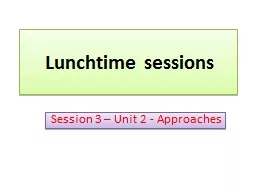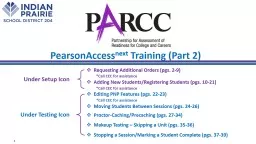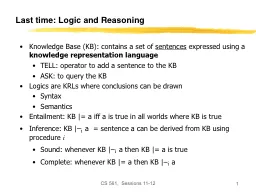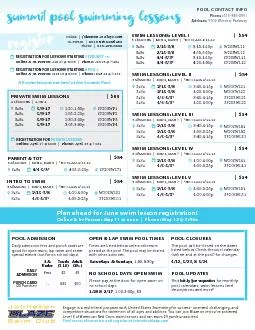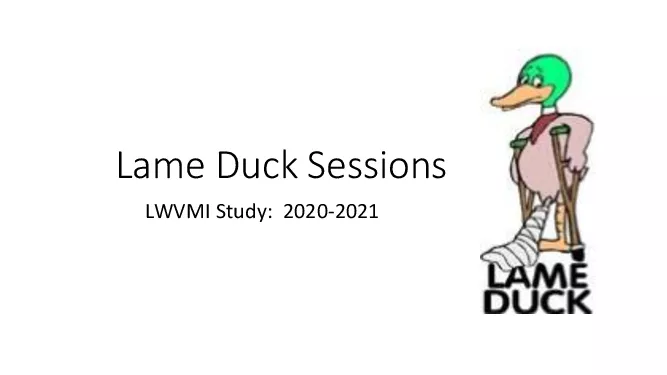PPT-Lunchtime sessions Session 3 – Unit 2 - Approaches Content – Approaches – Unit 2
Author : pasty-toler | Published Date : 2019-11-01
Lunchtime sessions Session 3 Unit 2 Approaches Content Approaches Unit 2 Wundt introspection and the emergence of psychology as a science Learning theory Behaviourism
Presentation Embed Code
Download Presentation
Download Presentation The PPT/PDF document "Lunchtime sessions Session 3 – Unit 2 ..." is the property of its rightful owner. Permission is granted to download and print the materials on this website for personal, non-commercial use only, and to display it on your personal computer provided you do not modify the materials and that you retain all copyright notices contained in the materials. By downloading content from our website, you accept the terms of this agreement.
Lunchtime sessions Session 3 – Unit 2 - Approaches Content – Approaches – Unit 2: Transcript
Download Rules Of Document
"Lunchtime sessions Session 3 – Unit 2 - Approaches Content – Approaches – Unit 2"The content belongs to its owner. You may download and print it for personal use, without modification, and keep all copyright notices. By downloading, you agree to these terms.
Related Documents

